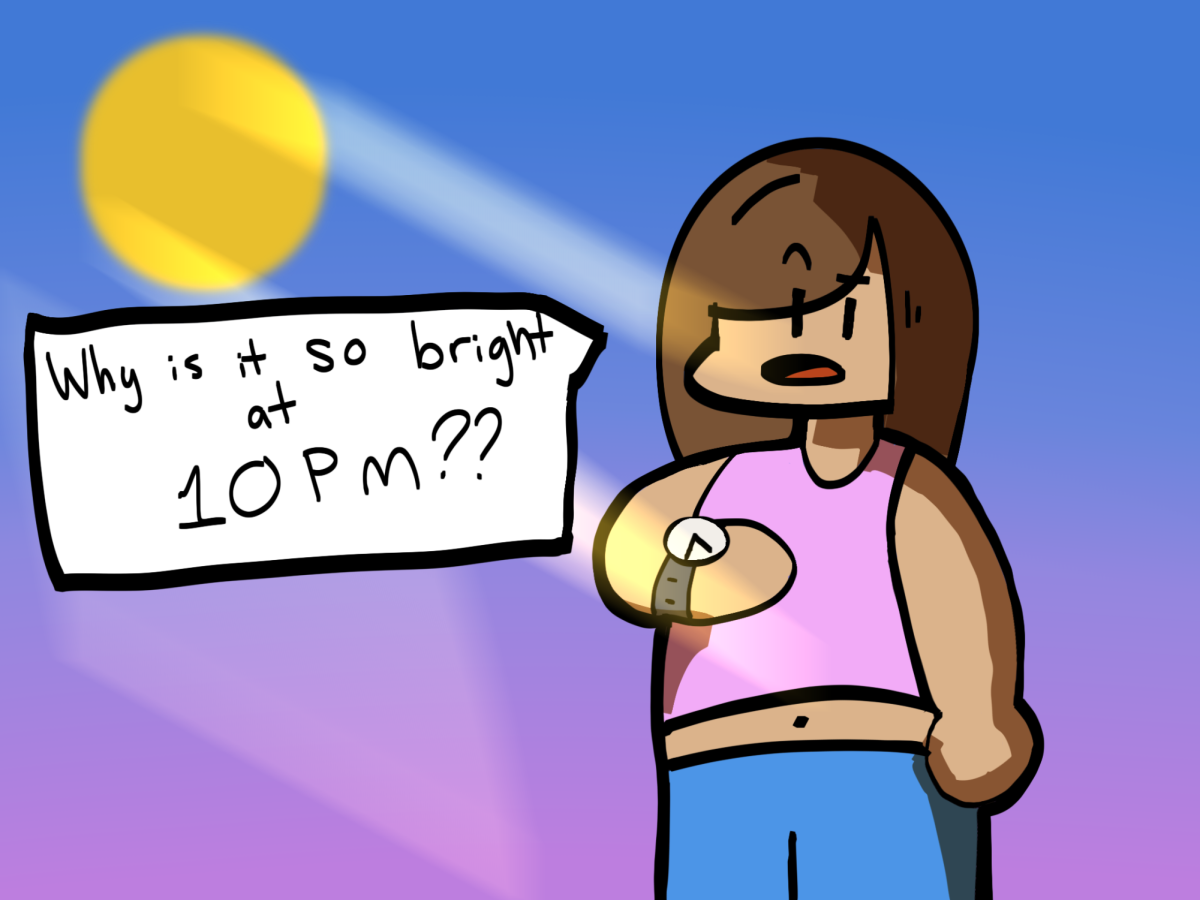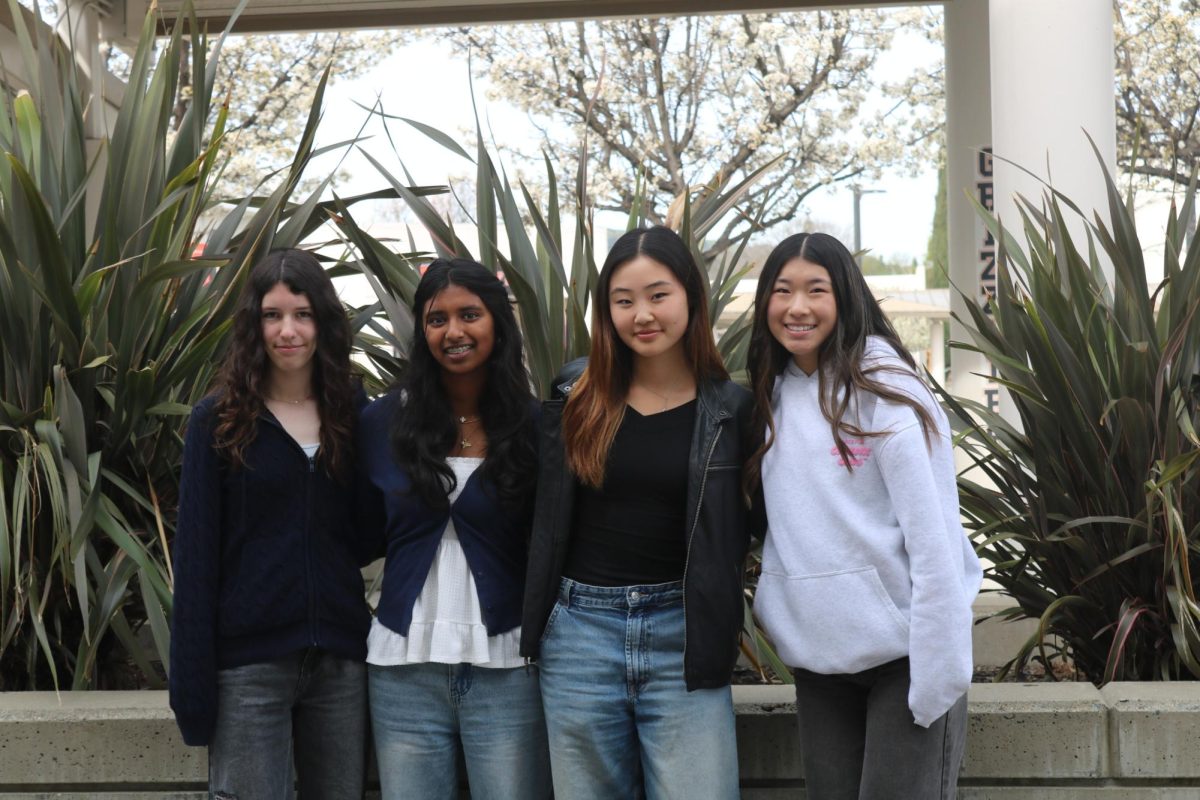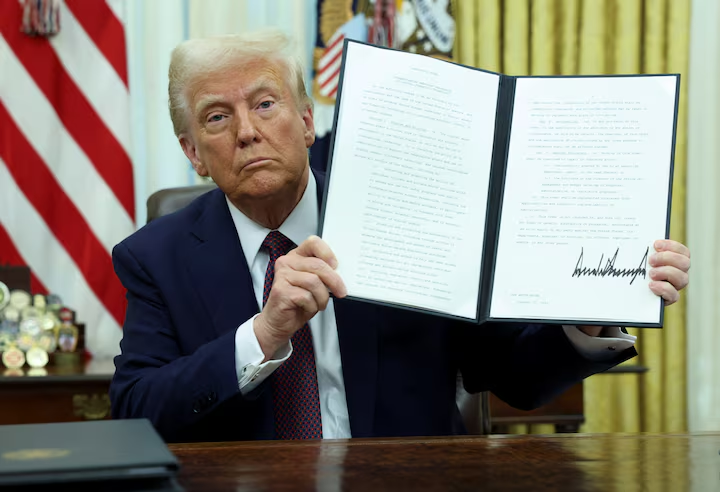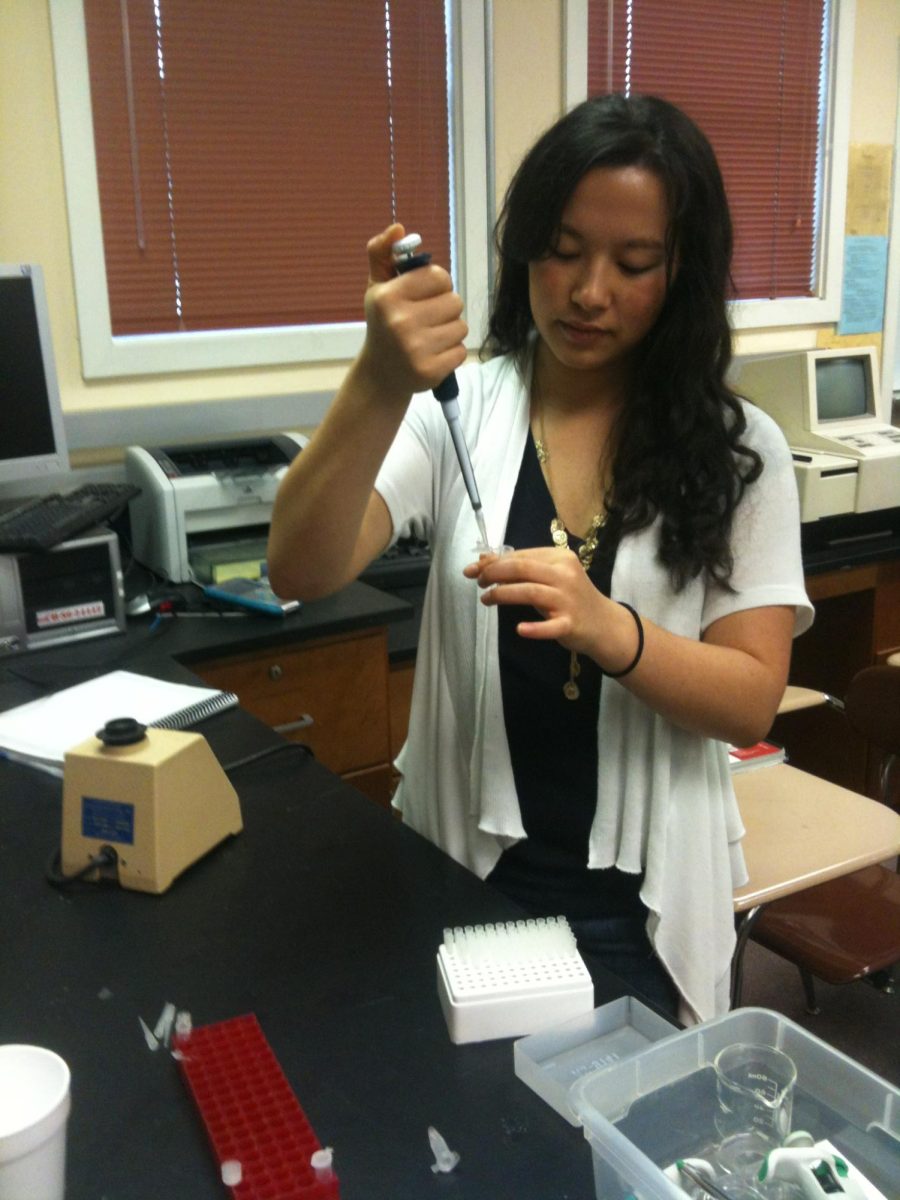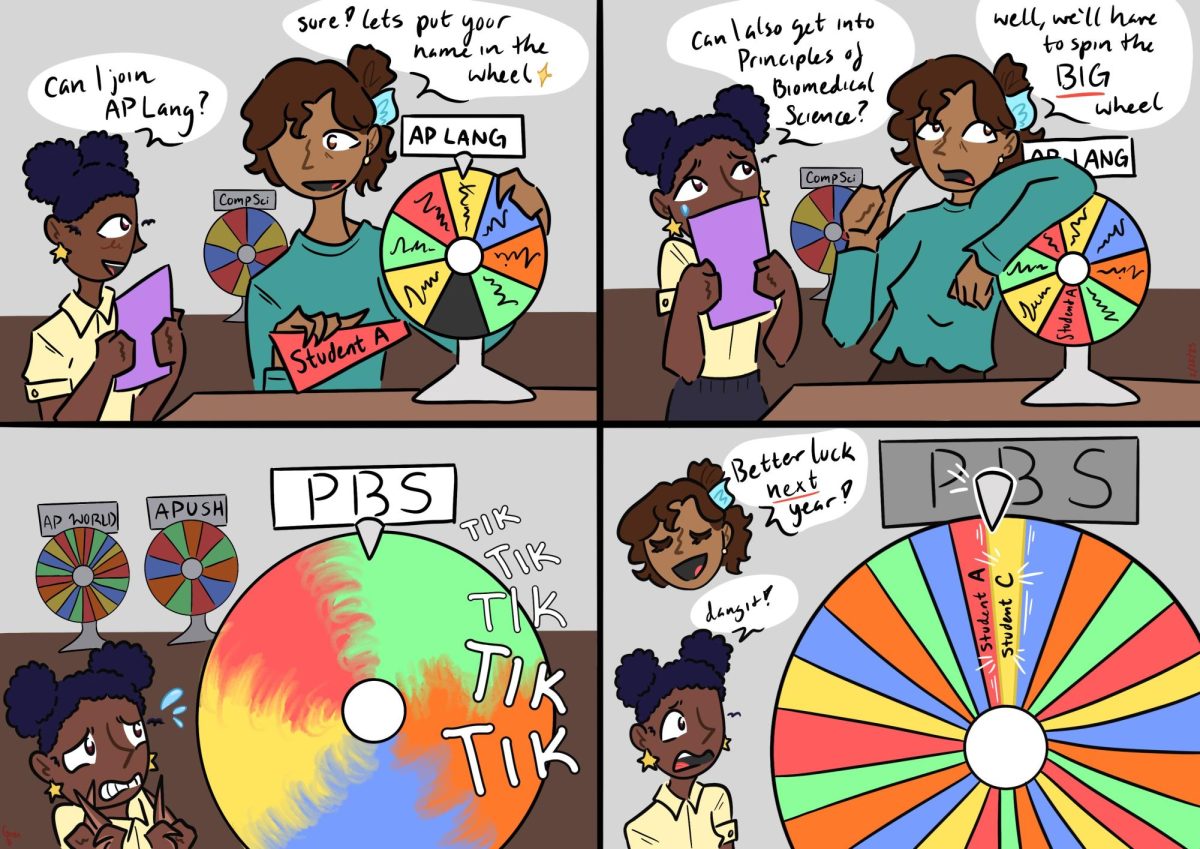Flipped classrooms are the latest trend in education. Instead of learning in class, students learn the material at home.
But is this new educational experience really all the hype?
At first, flipped classrooms may sound great, but they create more problems than they solve. For many busy students, keeping up with the increased workload of flipped classrooms is tough, and teachers’ tech struggles impede their ability to provide more meaningful support.
Increased at-home and in-person work adds to stress, which leaves many students feeling burned out as they juggle jobs, sports, clubs, and family responsibilities with the overwhelming addition of long lecture videos into their already packed evenings.
Plus, not every student has a good place to study at home. Some students babysit siblings or have unreliable internet. Flipped classrooms require the internet, but a broken laptop or spotty Wi-Fi can derail students’ learning. Not every student has access to reliable tools.
This shift from mostly learning in person to learning concepts at home can be a big change for many students, who underestimate the time completing homework in flipped classrooms requires. Watching a 30-minute video at midnight before class is a common habit, while some students skip the videos entirely, hoping to catch up later.
Flipped classrooms lose the immediacy of traditional teaching. In a normal class, students can ask questions and get answers as they are learning new material. With flipped learning, students are forced to wait. Questions may be forgotten or tossed aside as unimportant before a student has the chance to ask them.
Even in class, students may not get their answers. Most teachers assume students have already watched and understood the videos. If students don’t understand a lesson, they fall behind other students.
Teachers who waste time re-explaining material already taught in the homework find themselves short on time for other assignments, holding back the rest of the class that already understands the concepts. Bored students who do understand the concepts may find themselves having trouble paying attention to the rest of the class as well.
In flipped classrooms, teachers often give quizzes or worksheets to check if students did the homework, but these assignments seem like busy work. The demand to keep up with at-home and in-class tasks can be overwhelming.
On the other hand, traditional classrooms allow the teacher to teach more efficiently and easily guide students through the concepts if they are struggling. After students are comfortable with the topics taught in class, they can review them at home. This gives students more time to discuss lesson topics with their teacher, all while having a reduced workload.
Flipped classrooms also require strong tech skills. Teachers need to create clear, engaging videos which are harder than it looks. If the videos aren’t helpful, students struggle even more.
Flipped classrooms aren’t all bad and they work for some students and teachers, but they’re not a one-size-fits-all solution.
But because of increased workload, more effort for teachers, and reliance on technology, flipped classrooms require more effort from both students and teachers. A teacher at the front of the room, ready to explain and answer questions, can make all the difference.
Flipped classrooms are not effective
Shaurya Chauhan, Staff Writer
February 12, 2025
More to Discover
About the Contributor

Shaurya Chauhan, Staff Writer
Sophomore Shaurya Chauhan is in his first year as part of the Californian. He is excited to learn more about conducting interviews, and writing opinion pieces. In his free time, he enjoys playing badminton, horseback riding, and robotics. He was part of the badminton team last year, and hopes to play for Cal High again this year. He is a curious and overly energetic personality who has an avid love of music and the unknown. In the future, he hopes to continue following his interests, and become president of the universe (His first executive order would be to ban fitted sheets).
